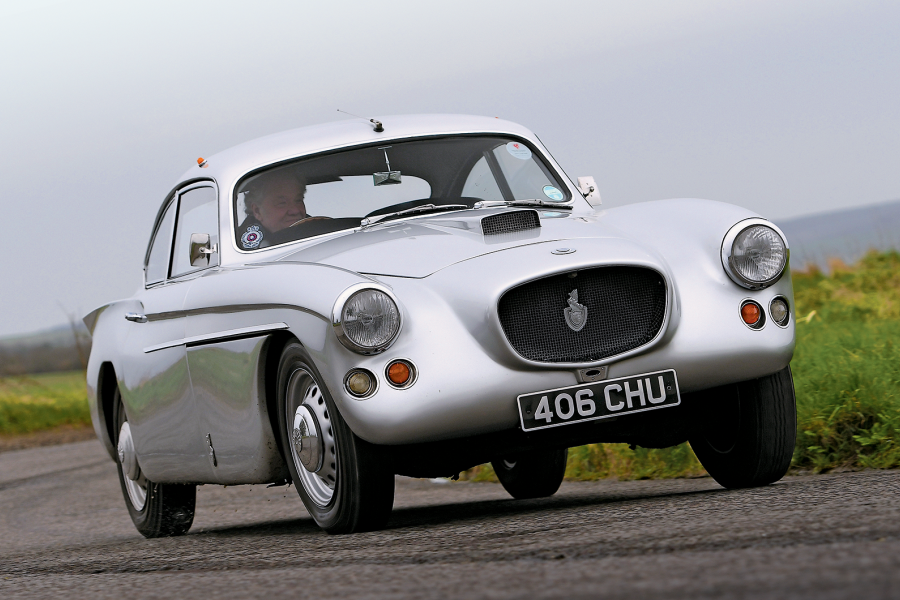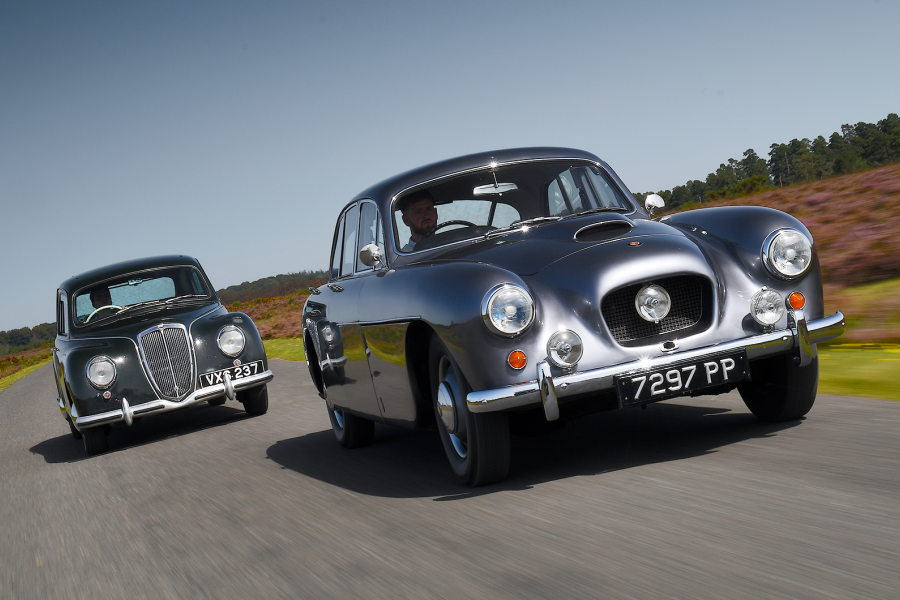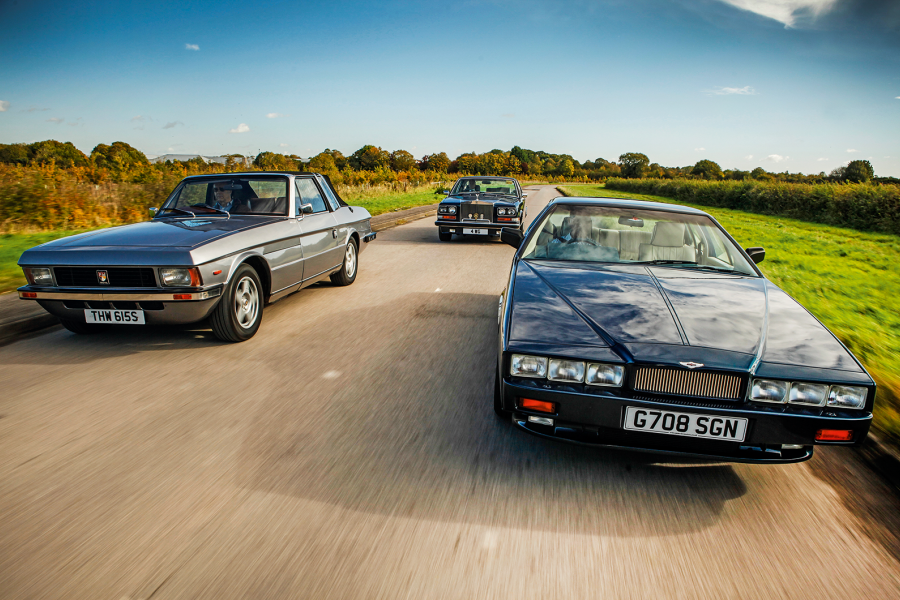
Why you’d want a Bristol 401-403
Bristol’s 401-403 was outrageously expensive for a 2-litre saloon in its day – only the likes of Bentley, Rolls-Royce and Lagonda cost more in 1949 – but it feels like a spacecraft in comparison to most of its contemporaries.
A stiff chassis, effective suspension, a smooth and powerful engine, plus a lightly built yet well-insulated body combine to make a car that feels taut, lively and sophisticated.
Some would argue that Bristols only went downhill from here, losing their streamlined styling, gaining weight and retaining ‘advanced’ engineering until it became archaic.
The heart of the car’s success was its pre-war BMW-derived hemi-head straight-six, a superb unit, intelligently developed by Bristol, that was sought-after for sports and racing cars at the time.
But Bristol made the most of it in the 401. The first 2-litre production saloon to hit 100mph, its all-aluminium body was exceptionally aerodynamic, helped by push-button door opening and internal bonnet/boot releases.
Bristol adopted Carrozzeria Touring’s Superleggera construction long before Aston Martin. Even the gauge of aluminium varied: 16 for the tops of the front wings and the bonnet, where pressure might cause dents in a thinner gauge, and 18 elsewhere.
Contoured, body-coloured bumpers with chrome inserts, mounted to the chassis via rubber blocks, were decades ahead of their time.

Elegant 402 convertible, first owned by Stewart Granger
















